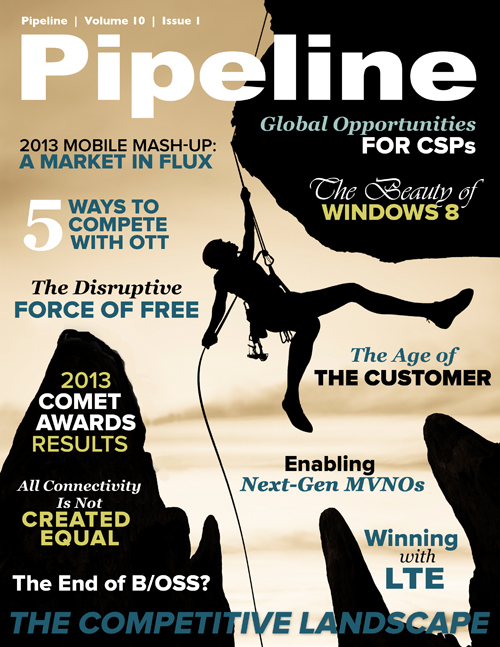The Age of the Customer
When crafting a compelling, empowered customer experience, the question that must be asked time and again is: what can you give customers that they can’t get from OTT competitors? Greater personalization is an important place to begin. Every touchpoint, from presales and activation to billing and support, can and should be personalized, because in an a la carte world customers want to build their own plans, not figure out which bucket they fit into.
Recent research from Strategy Analytics reveals the following:
- 60 percent of US smartphone owners would like to have the option of customizing their mobile-service plan rather than being handed a provider-mandated list of established plans;
- in the UK 56 percent of smartphone owners would prefer a customized plan;
- in China 72 percent favor customization.
Smart-search functionality, a strategy that fine-tunes search results and recommendations using a customer’s profile, social network(s) and transaction history, has worked very well for Amazon and Netflix. But for the most part, cable TV providers still use the “scrolling grid” for program selection and don’t suggest shows based on profile, historical viewing patterns or social popularity, i.e., “Five of your friends watched show X.” Why make a customer scroll past Home Shopping Network and Bravo when you know he’s a 26-year-old male who watches only sports programs and movie channels? Search and recommendation engines are key to the personalized, empowered customer experience.
For MNOs, the capabilities of the Rich Communication Services (RCS) initiative can and should be leveraged to create hybrid messaging offerings that are farther reaching than any single OTT messaging community; innovative bundled service offerings can be created that incorporate profile, social network and location in addition to traditional SMS, MMS and voice. We also know that consumers are beginning to show signs of subscription fatigue, having been forced to remember numerous logins and passwords in order to use the many services they enjoy. Aggregating those services under a single identity improves the customer experience and makes billing and charging easier for everyone.
Billing might not sound sexy, but if properly enabled by advanced back-office software, it can be a feather in the cap of service providers, giving them a leg up on, say, Hulu by offering more convenient ways to pay as well as simplifying and unifying transactions. Imagine direct-to-carrier billing for streaming video and audio, allowing your customers to access every piece of content they desire, whenever and wherever, via mobile devices, and billing all of their consumption in one place—it’s a win-win situation. And the services don’t have to come from within the walled gardens of said service providers: Deutsche Telekom recently struck a deal with Spotify to charge use of the streaming-music service directly to the customer’s phone bill.
Supporting the empowered experience
Oddly enough, many providers already support the empowered experience—for their OTT competitors. How? As stewards of connectivity, complete with a call center and toll-free number, they’re a first-line support system for many digital services, so if the video content on YouTube or Netflix degrades into pixelated mush, customers are apt to call their internet provider before anyone else. This can be an advantage, however, not a disadvantage, if it’s properly leveraged, because of the fact that both the service and billing environments are becoming ever more complex.
Supporting the empowered customer experience requires:
- a keen understanding of, and support plan for, the challenges that bring-your-own-device (BYOD) culture brings to the table;
- multiple real-time billing options, including payment with alternative digital currency;
- seamless customer care across all channels that invests in projecting one view to the customer, regardless of the channel of contact.
In the BYOD world, where customers use their tablets and mobile devices to watch streaming content through various apps, service providers must be able to field calls such as “I’ve got your app and I’ve got your content, but the app’s broken and I’m not at home. Can you fix it?”



















